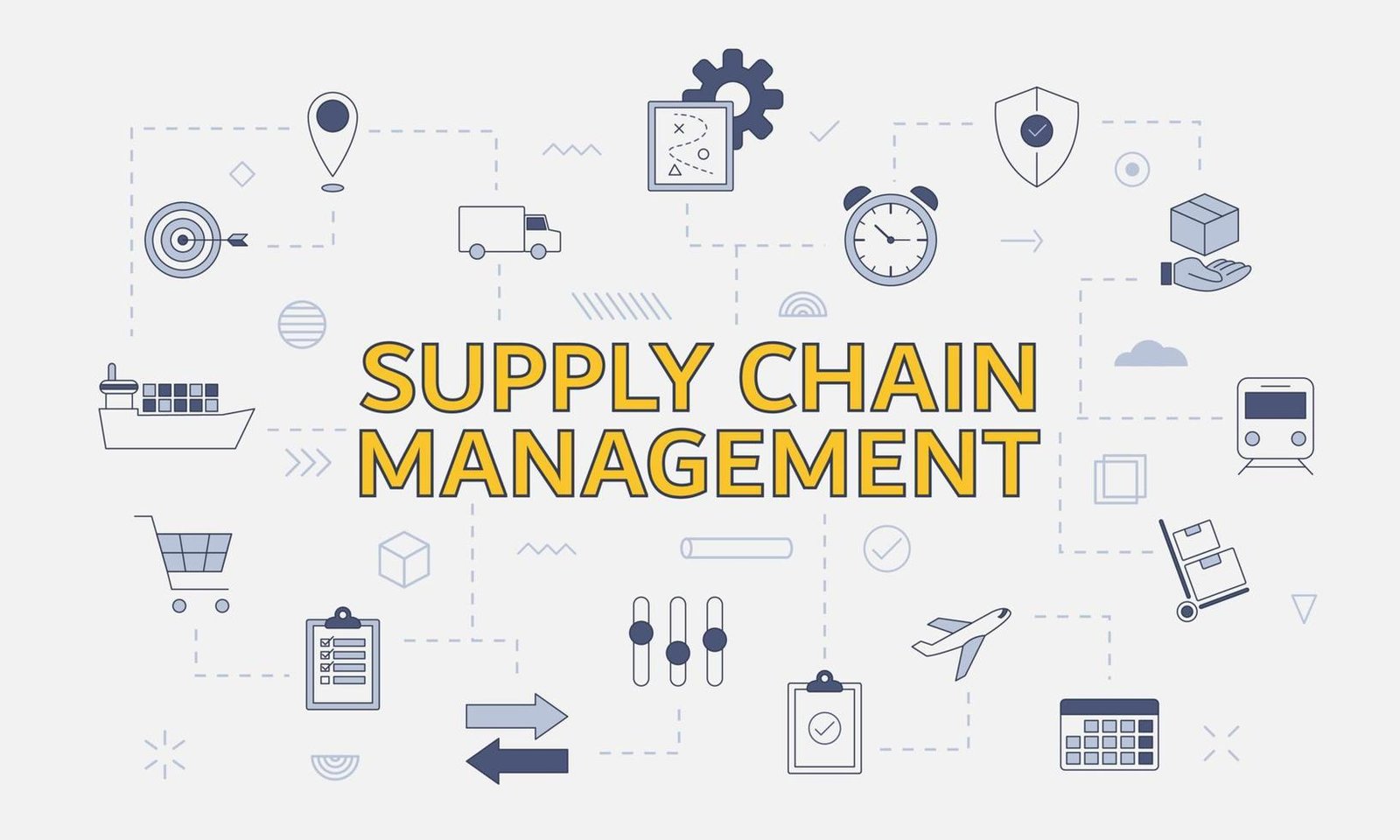Actuarial valuation is a crucial process that helps organizations assess future financial obligations, particularly in areas such as pensions, insurance liabilities, employee benefits, and long-term risk management. In the UAE, where economic growth, workforce diversity, and long-term financial commitments continue to rise, understanding the methods used in actuarial valuation is vital for businesses, insurance companies, and public entities. This article explores the most common actuarial valuation methods, their applications, and when each method is most appropriate, with a focus on the UAE market context.
What is Actuarial Valuation?
Actuarial valuation is a statistical and mathematical process used to estimate the current value of future financial liabilities or risks. This involves projecting future cash flows (such as pensions or insurance claims) and then discounting these flows to their present value, accounting for factors such as risk, mortality rates, and economic conditions. Actuarial valuations are used by pension funds, insurance companies, and corporate entities to ensure that they have enough assets or funds to meet future obligations.
Given the complexity of actuarial calculations, many companies in the UAE turn to actuarial services to conduct accurate valuations, ensuring compliance with local regulations and maintaining financial stability.
1. Projected Unit Credit Method
The Projected Unit Credit (PUC) method is one of the most widely used techniques in actuarial valuation, particularly in the context of pension plans and employee benefits. Under this method, the cost of each employee’s benefit is spread over the employee’s working life.
How the Projected Unit Credit Method Works:
- Present Value of Future Obligations: The PUC method involves calculating the present value of the pension or benefit obligations based on future expected salary increases and the number of years of service.
- Accrual of Benefits: The cost of benefits accrued over time, meaning that the longer an employee works, the more pension or benefit liability is incurred. The PUC method matches this growing liability with the employee’s length of service.
- Discounting Future Payments: The future obligations are discounted to their present value using a discount rate that reflects the time value of money and the expected return on assets.
When to Use the Projected Unit Credit Method:
The PUC method is best suited for valuing defined benefit pension plans, where benefits are linked to the employee’s salary and length of service. It’s also used for post-employment medical benefits and other long-term obligations. Companies in the UAE with expatriate employees or large pension schemes often prefer this method because it accounts for salary increases over time and aligns with the long-term nature of these liabilities.
In the UAE, where many businesses offer benefits tied to years of service and future salary increases, the PUC method provides a fair and accurate reflection of future obligations, ensuring that companies remain compliant with local and international accounting standards.
2. Entry Age Normal Method
The Entry Age Normal (EAN) method is another popular approach in actuarial valuation. This method spreads the cost of benefits more evenly over the employee’s working life, starting from the point of entry into the pension or benefit scheme.
How the Entry Age Normal Method Works:
- Level Cost Across Service Period: Unlike the PUC method, which allocates increasing costs as an employee approaches retirement, the EAN method spreads the cost of benefits equally over the employee’s service period. This creates a more stable contribution rate for the employer.
- Present Value of Benefits: Similar to the PUC method, future benefits are projected based on salary increases and service length. These projected benefits are then discounted to their present value.
- Stabilizing Contributions: The key advantage of the EAN method is that it produces a stable cost for the employer, which makes it easier to plan and budget for long-term benefits.
When to Use the Entry Age Normal Method:
The EAN method is particularly useful for organizations seeking stable contributions to pension schemes or employee benefit plans. This is especially relevant for companies in the UAE with large workforces or institutions that need to balance long-term liabilities with predictable financial commitments.
For entities looking to achieve stability in pension contributions while ensuring sufficient funding, the EAN method is often recommended by providers of actuarial services in UAE. It helps businesses manage long-term liabilities without significant year-on-year fluctuations in contribution levels.
3. Attained Age Normal Method
The Attained Age Normal (AAN) method is closely related to the Entry Age Normal method, but it differs in its approach to how future costs are allocated over time. The AAN method looks at the costs from the perspective of the employee’s current age rather than when they first joined the pension or benefit plan.
How the Attained Age Normal Method Works:
- Based on Current Age: The AAN method spreads future benefit costs over the remaining working years of the employee, based on their current age. This can result in higher costs for older employees since they have fewer remaining years to accrue benefits.
- Present Value of Future Benefits: As with other methods, the AAN method projects future benefits, including salary increases, and discounts them to present value.
- More Focused on Current Liabilities: The method focuses more on the current obligations of the employer rather than the entire period of service. As a result, it’s useful in understanding immediate and near-term funding requirements.
When to Use the Attained Age Normal Method:
The AAN method is best suited for companies that are looking to focus on their current workforce’s existing liabilities, especially those nearing retirement. In situations where a company needs to account for older employees or manage short-term funding gaps, this method offers a clear picture of the liabilities they face today.
For firms in the UAE that need to reassess their short-term pension obligations, the AAN method can provide insights into how much funding is required for employees nearing retirement. This method helps companies address immediate financial obligations while planning for the future, making it particularly useful in sectors with aging workforces.
4. Aggregate Cost Method
The Aggregate Cost Method is another approach used in actuarial valuations, especially in pension schemes. This method aims to calculate the total cost of providing benefits by considering both the past and future contributions needed to meet projected liabilities.
How the Aggregate Cost Method Works:
- Total Liability Calculation: The aggregate method considers the total projected liability of the pension or benefit plan, including both past and future service. It then calculates a contribution rate necessary to fund these liabilities over the employees’ remaining working lives.
- No Separation Between Past and Future Service: Unlike the PUC method, which differentiates between benefits already earned and those to be earned in the future, the Aggregate Cost Method pools all liabilities together, calculating a single contribution rate.
- Simplified Contribution Rates: By pooling the liabilities, the aggregate method provides a simplified and stable contribution rate for the employer, which can be helpful for long-term financial planning.
When to Use the Aggregate Cost Method:
The Aggregate Cost Method is most appropriate for pension schemes where the employer is seeking to pool past and future liabilities into a single, manageable contribution rate. This method is often used by businesses that want to simplify their pension funding strategy and maintain consistent contribution levels over time.
In the UAE, where companies may be managing multiple benefit schemes across diverse employee groups, the Aggregate Cost Method offers a way to streamline the valuation and funding process. Engaging a financial management consultancy can help companies decide if this method aligns with their broader financial strategies and long-term goals.
5. Current Unit Credit Method
The Current Unit Credit (CUC) method, sometimes referred to as the accrued benefit method, focuses on valuing the benefits that have already been earned by employees. This approach calculates the present value of the benefits based on the service to date, without considering future salary increases or future service periods.
How the Current Unit Credit Method Works:
- Valuing Accrued Benefits: The CUC method estimates the present value of benefits that employees have already earned, based on their service and salaries to date. This means that no future salary increases are factored into the calculation.
- Short-Term Focus: Unlike methods that consider both past and future service, the CUC method is focused solely on what has been earned up to the present point in time.
- Present Value Calculation: As with other actuarial methods, the present value of these accrued benefits is calculated using a discount rate, reflecting the time value of money.
When to Use the Current Unit Credit Method:
The CUC method is particularly useful for organizations that need to understand their immediate liabilities, such as in the case of plan termination or immediate funding decisions. It’s commonly used for financial reporting purposes, where companies need to report their pension or benefit liabilities as of the current period.
In the UAE, where companies might be managing short-term financial pressures or restructuring pension plans, the CUC method provides an accurate snapshot of current obligations. It allows businesses to make informed decisions about funding needs or plan adjustments.
Actuarial valuation methods vary in their approach to calculating liabilities and future obligations, but each method serves a specific purpose depending on the nature of the liabilities being valued and the financial goals of the organization. In the UAE, where pension schemes, insurance liabilities, and long-term benefits are becoming increasingly important, choosing the right actuarial method is essential to ensuring accurate valuations.
By partnering with actuarial services in UAE, businesses and institutions can access expert guidance on the best actuarial valuation methods for their needs. Whether it’s the Projected Unit Credit Method for pension planning, the Entry Age Normal Method for long-term stability, or the Current Unit Credit Method for immediate financial reporting, understanding these techniques helps businesses navigate their financial obligations confidently.
Furthermore, seeking assistance from a financial management consultancy can ensure that businesses align their actuarial valuations with broader financial strategies, ensuring sustainability and compliance with regulatory requirements in the UAE’s dynamic economic environment.
















Leave a Reply